I formaggi rappresentano uno dei prodotti caseari più apprezzati e diffusi in Italia e nel mondo. Secondo la normativa italiana, un cheese, o cacio, è il risultato della coagulazione del latte intero o parzialmente scremato, oppure della crema, mediante acidificazione o l’impiego di caglio, a cui possono essere aggiunti fermenti e sale. Questa definizione esclude quindi la ricotta cheese, since obtained from the serum and not from the direct coagulation of the milk.
La vasta gamma di formaggi presenti sul mercato può essere classificata in base a diversi parametri, che spesso si combinano tra loro, come il tipo di latte utilizzato, il contenuto di grassi, la consistenza, la tecnologia produttiva, il periodo di stagionatura e la denominazione.
Classification by type of milk
Un primo criterio di distinzione riguarda il tipo di latte impiegato per la produzione del formaggio. In base a questa caratteristica, possiamo individuare:
- Cow cheeses.Made with cow's milk, they represent the most common and known category.
- Pecorino cheeses.Products with sheep milk, they are typical of some Italian regions such as Sardinia and Lazio.
- Buffalo cheeses.Obtained from buffalo milk, they are a Campania specialty andPuglia, with the DOP buffalo buffalo mozzarella as the best known example.
- Goat's cheeses.Prepared with goat milk, they are characteristic of some mountain and hilly areas.
Se un formaggio è prodotto con latte diverso da quello vaccino, è obbligatorio indicare la specie di provenienza sulla confezione.
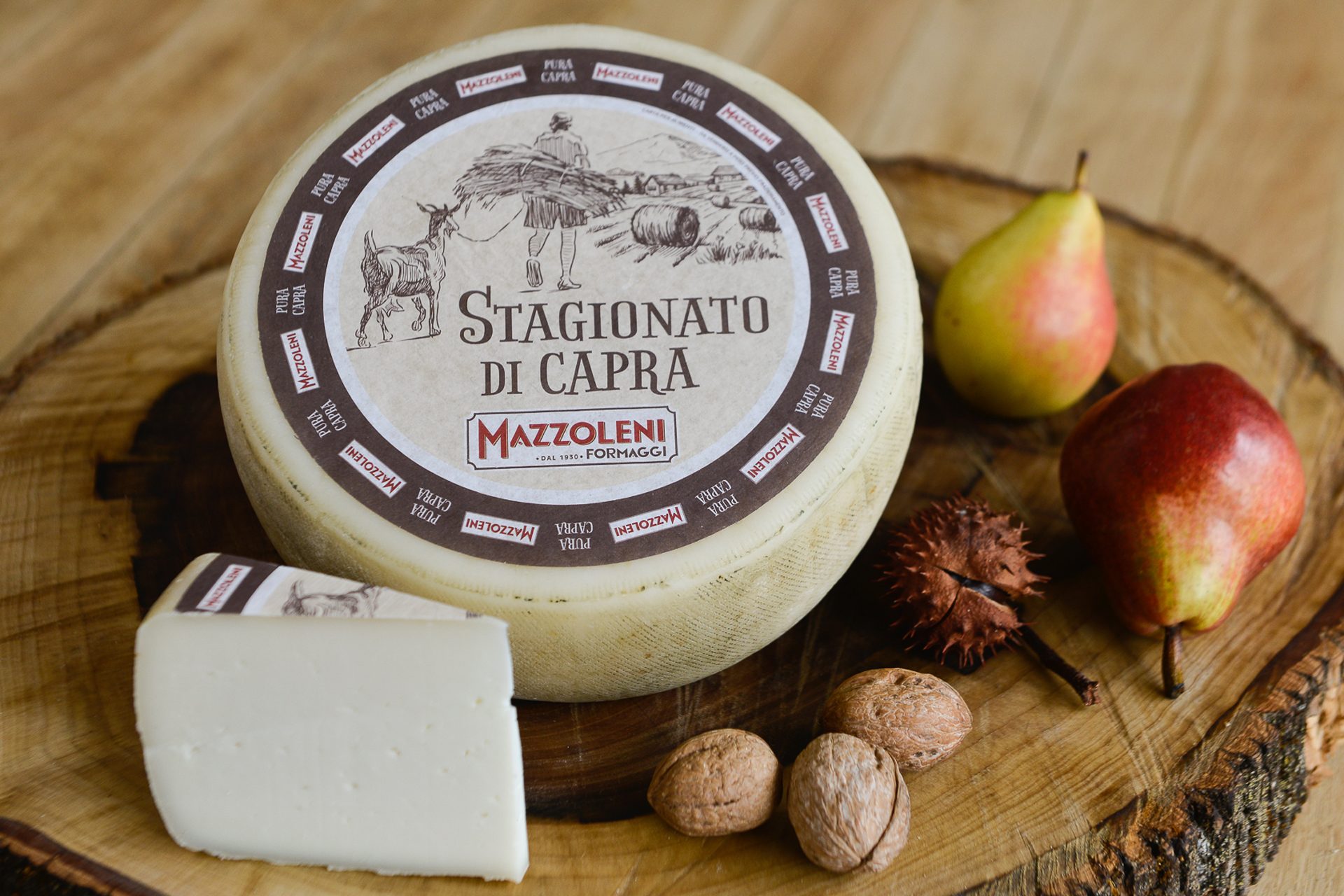
Classification for fat content
Un altro parametro rilevante per la classificazione dei formaggi è il loro contenuto di grassi, espresso in percentuale sulla sostanza secca. Secondo la legge italiana n. 142/1992, possiamo distinguere:
- Fatty cheeses.With a fat content greater than 35% of the dry substance. Known examples are theRobiola, Gorgonzola, Taleggio, Bitto, Fontina, Montasio, Bra, Racchera, Grana Padano, Parmigiano Reggiano and pecorini.
- Light cheeses.With a fat content between 20% and 35% of the dry substance.
- Low-fat cheeses.Prepared with skimmed milk and with a fat content of less than 20% of the dry substance.
È importante notare che per molti formaggi DOP ottenuti da latte parzialmente scremato, come il Grana Padano, Parmigiano Reggiano, Asiago, Castelmagno and Raschera, the production regulations involve only a minimum fat content on dry substance. Therefore, these cheeses, once defined as "semi -signoxes", are now part of the category of fat cheeses, following the lowering of the discriminating limit from 42% to 35% and the tendency to leave more fat in the cheese to increase its surrender and the economic advantage.
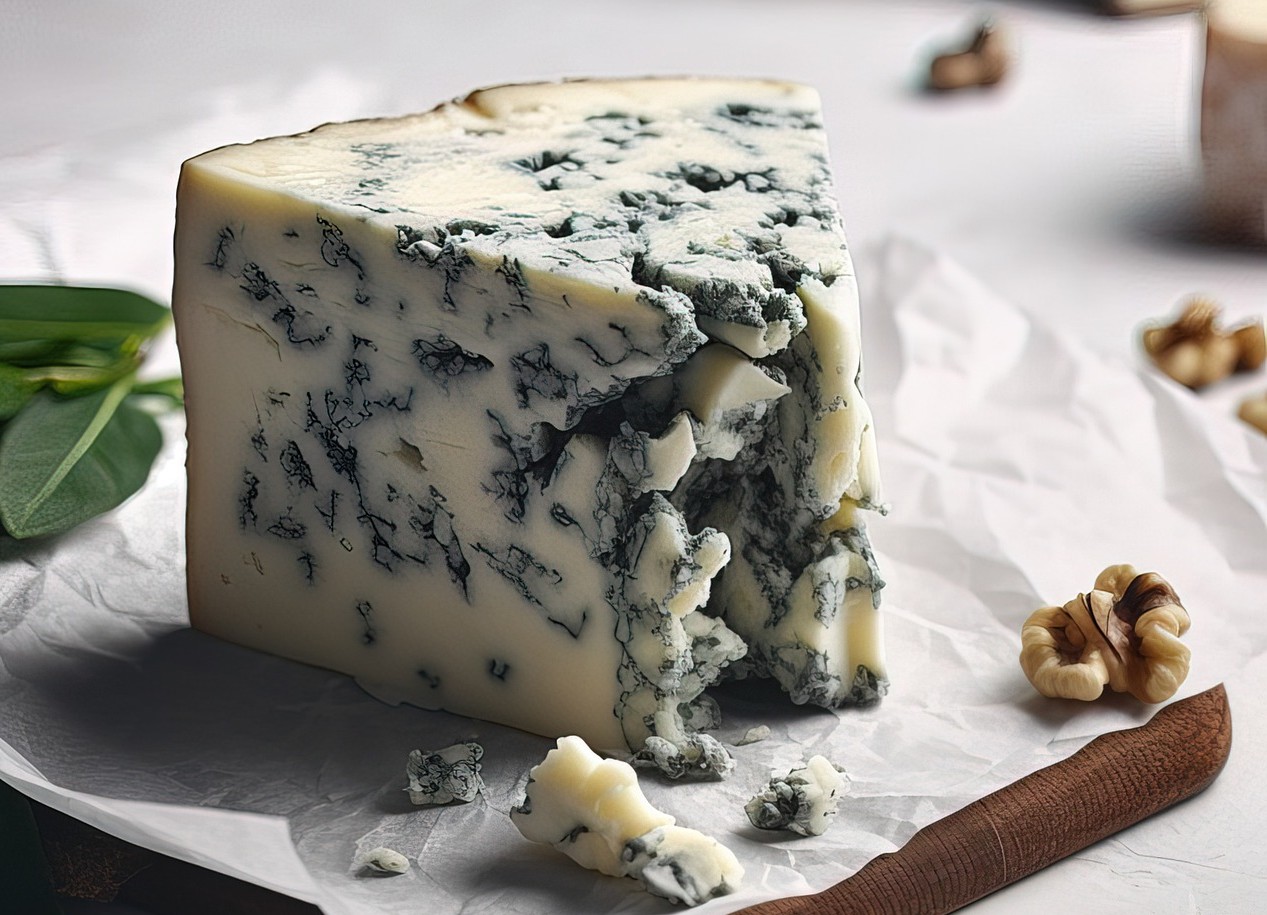
Classification for consistency and water content
La consistenza dei formaggi, strettamente legata al loro contenuto d’acqua, rappresenta un’altra caratteristica distintiva. In base a questo aspetto, possiamo suddividere i formaggi in:
- Cheeses apastasoft.With a water content greater than 45%. They belong to this category products such as theRobiola, quartirol, stracchino, crescenza, mozzarella, burrata, gorgonzola, caprine cheeses, casatella and squacquerone. They can be with crust (for example theTaleggio) or without crust (likePannerone).
- Semi-hard cheeses.With a water content between 35% and 45%. Examples are theRagusano, Asiago, Bitto, Fontina, Bra, Castelmagno and Italico.
- Hard cheeses.With a quantity of water of less than 35%. TheGrana Padano, the Parmigiano Reggiano, the Roman pecorino, the Montasio, the Sardinian pecorino and the Sardinian flower.
È importante sottolineare che il contenuto d’acqua dei formaggi generici non è definito dalla legge e solo per alcuni formaggi DOP il disciplinare produttivo prevede un contenuto minimo di umidità. Inoltre, la consistenza del formaggio può essere influenzata anche da altri fattori, come il contenuto di grassi e il grado di stagionatura.
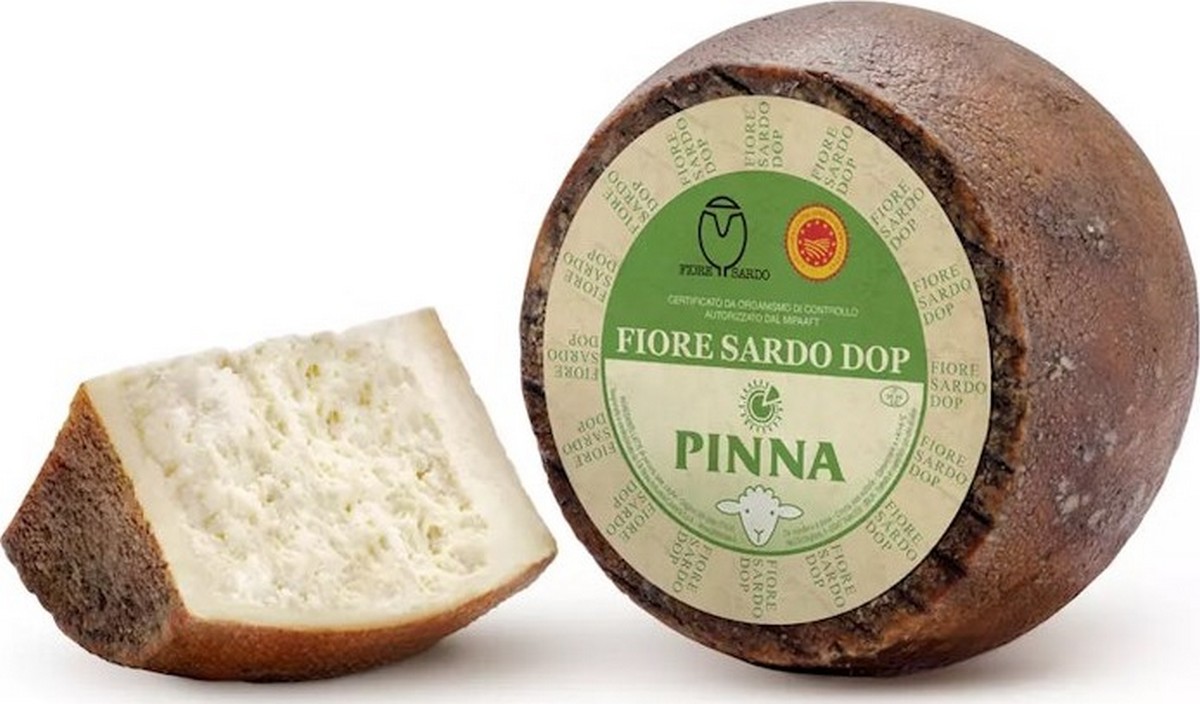
Classification for production technology and processing temperature
Un ulteriore criterio di classificazione dei formaggi riguarda la tecnologia utilizzata e la temperatura di lavorazione della cagliata durante il processo produttivo. In base a questi aspetti, possiamo distinguere:
- Raw cheeses.When the curd does not undergo any heating beyond the coagulation temperature. Examples are theRobiola, mozzarella, crescenza and gorgonzola.
- Semi-cooked cheeses.If the curd is heated up to a maximum of 48 ° C. They fall into this category theAsiago, Fontina and Italico.
- Cooked cheeses: Obtained by heating the curd over 48 ° C, as in the case ofGrana Padano, of Parmigiano Reggiano, Montasio and Bitto.
- Stretched curd cheeses.Characterized by a spinning of the curd in hot water at temperatures between 70 ° C and 90 ° C. Examples are theMozzarella, fiordilatte, caciocavallo, provolone and ragusano.
- Blue cheeses.Mugs that contribute to the maturation of cheese with specific enzymatic activities are deliberately inoculated. Belong to this category theGorgonzola and the Castelmagno.

Classification for seasoning period
Il periodo di stagionatura rappresenta un altro fattore determinante per la classificazione dei formaggi. In base a questo parametro, possiamo individuare:
- Fresh cheeses.Obtained for acid coagulation or preaming and not subjected to seasoning, they do not have a crust or surface microflora and must be consumed within a few days of production. Examples are theMozzarella, fiordilatte, crescenza and casatella.
- Seasoned cheeses with short maturation.With a seasoning period not exceeding 30 days. TheTaleggio, the Murazzano, the Bra, the Lombard Quartirolo, the Asiago, the Monte Veronese and the Casciotta d'Irbino.
- Seasoned cheeses with medium maturation.With a seasoning period that does not exceed 6 months. Examples are theFontina, Castelmagno, La Raschera, the TomaPiedmontese, Valtellina Casera, the Provolone Valpadana, the Caciocavallo Silano, the Apulian cantor, the Sicilian pecorino, the Sardinian pecorino and the bitto.
- Seasoned cheeses with slow maturation.With a seasoning period of over 6 months. Belong to this category theGrana Padano, the Parmigiano Reggiano and the Sardinian flower.
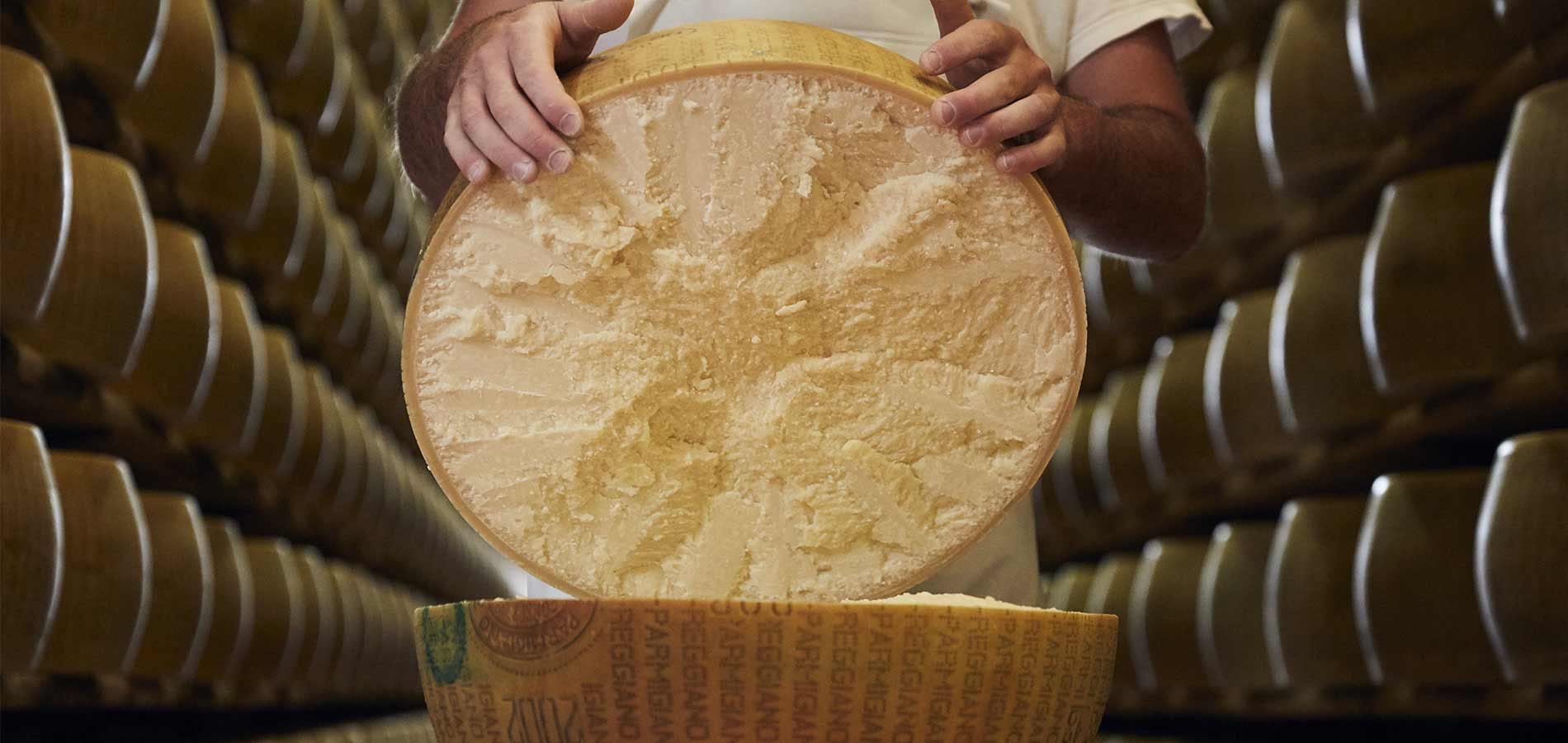
Classification for denomination
Un’ultima distinzione rilevante per i formaggi italiani riguarda la loro denominazione, che ne certifica l’origine e le caratteristiche produttive. Possiamo individuare:
- Cheeses with protected denomination (DOP).Products in delimited geographical areas, observing loyal and constant local uses, whose characteristics derive mainly from the conditions of the production environment. This denomination is protected at European level by Regulation (EC) N. 510/2006. Examples of DOP cheeses are the Asiago, Bitto, the Bra, the Caciocavallo Silano, the Pugliese Canestrato, the Casciotta of Urbino, the Castelmagno, the Sardinian flower, the Fontina, the cheese of the Luinese, the forma de mut of the Upper Val Brembana, the Gorgonzola, the Grana Padano, the Montasio, the Monte Veronese, the mozzarella of buffalo. Murazzano, the Parmigiano-Reggiano, the Roman pecorino, the Sardinian pecorino, the Sicilian pecorino, the Tuscan pecorino, the Piave, the Provolone Valpadana, the Puzzone di Moena, the Lombard Quarterolo, the Ragusan, the Racchera, the Robiola di Roccaverano, the squacquerone of Romagna, the wash of the judges, Piedmontese Toma, the Aosta FROMADZO VALLEY and Valtellina Casera.
- Protected geographical indication cheeses (PGI).Products on the national territory, observing loyal and constant uses, whose characteristics derive from particular characteristics of raw materials or production technique, according to regulation (EC) N. 510/2006. Currently, Italy has not yet requested the registration of cheeses with this brand.
- “Specialty” cheesesTraditionalGuaranteed” (TSG).Their specificity consists in compliance with a detailed traditional production method, without a link with a specific geographical area. They can therefore be produced throughout the national territory and are protected by regulation (EC) N. 509/2006. In Italy, the only example is the Mozzarella Stg.
- Traditional cheeses.There are over 450 so -called "regional" cheeses, such as theFossa cheese, the burrata, the cacio marcetto, the Bagòss, the Piacentinu di Enna, the Casieddu by Moliterno, the Casolet Val Camonica, the Dobbiaco, the straw Rifreddo, the Tosèla del Primiero, the Embriago form and the Morlacco del Grappa.
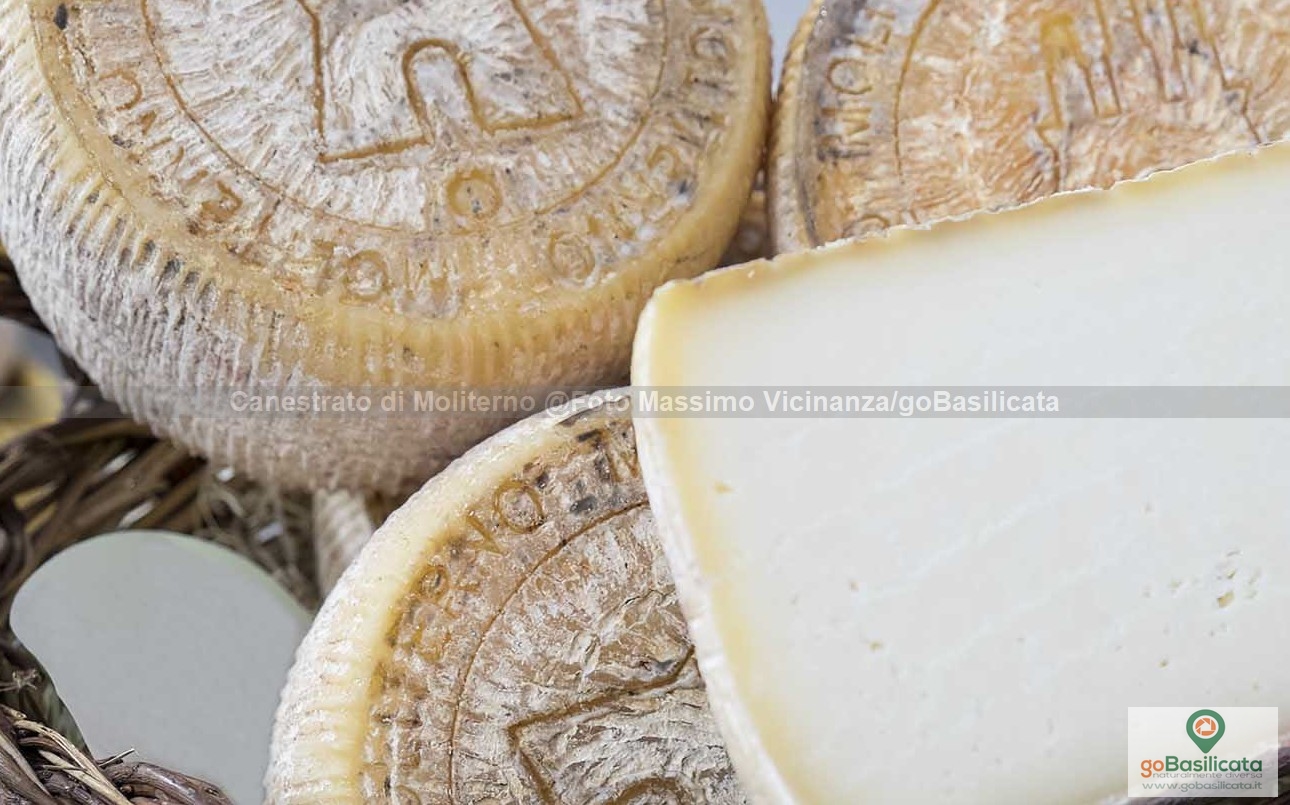
The complete lists of these categories of cheeses are available on the website ofMinistry for agricultural food and forestry policies.







